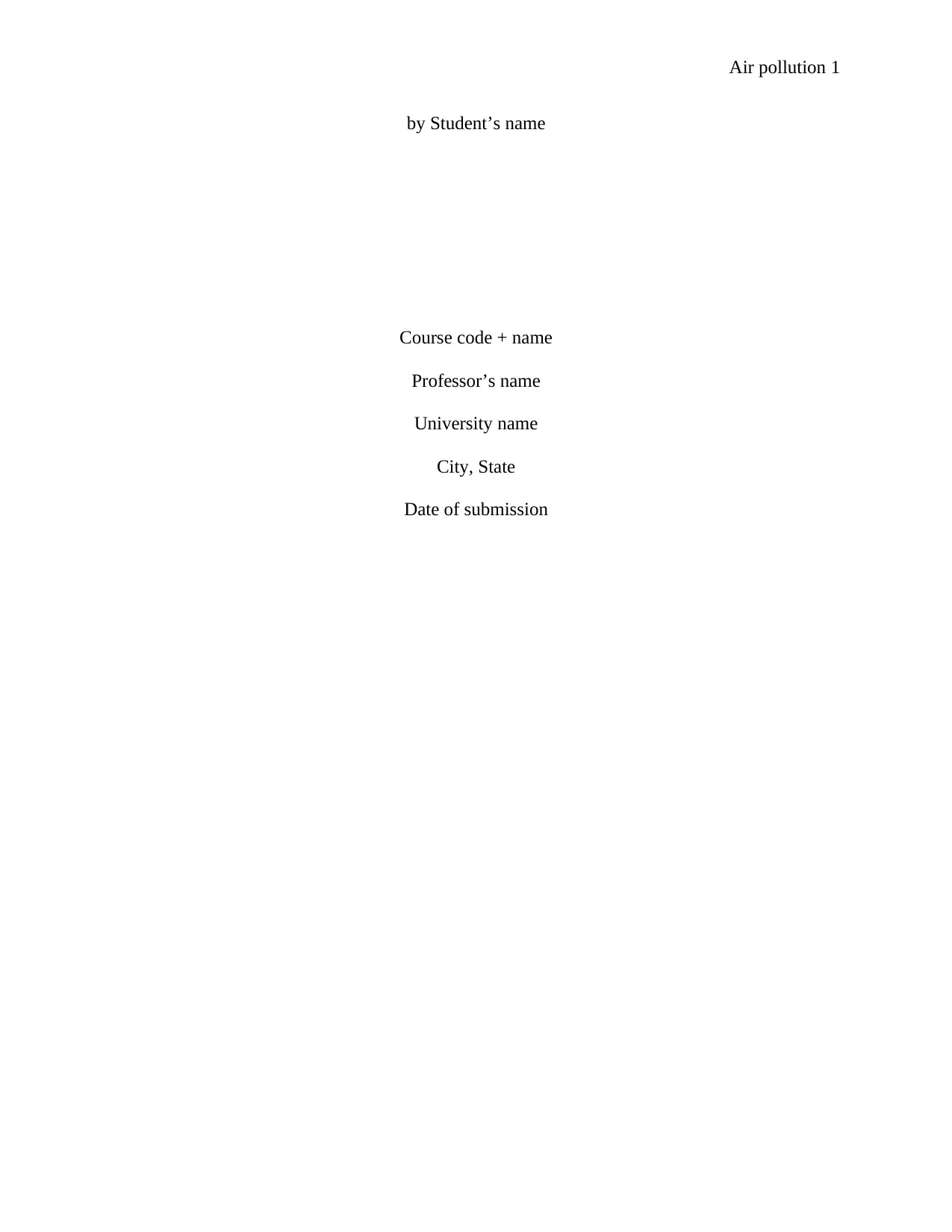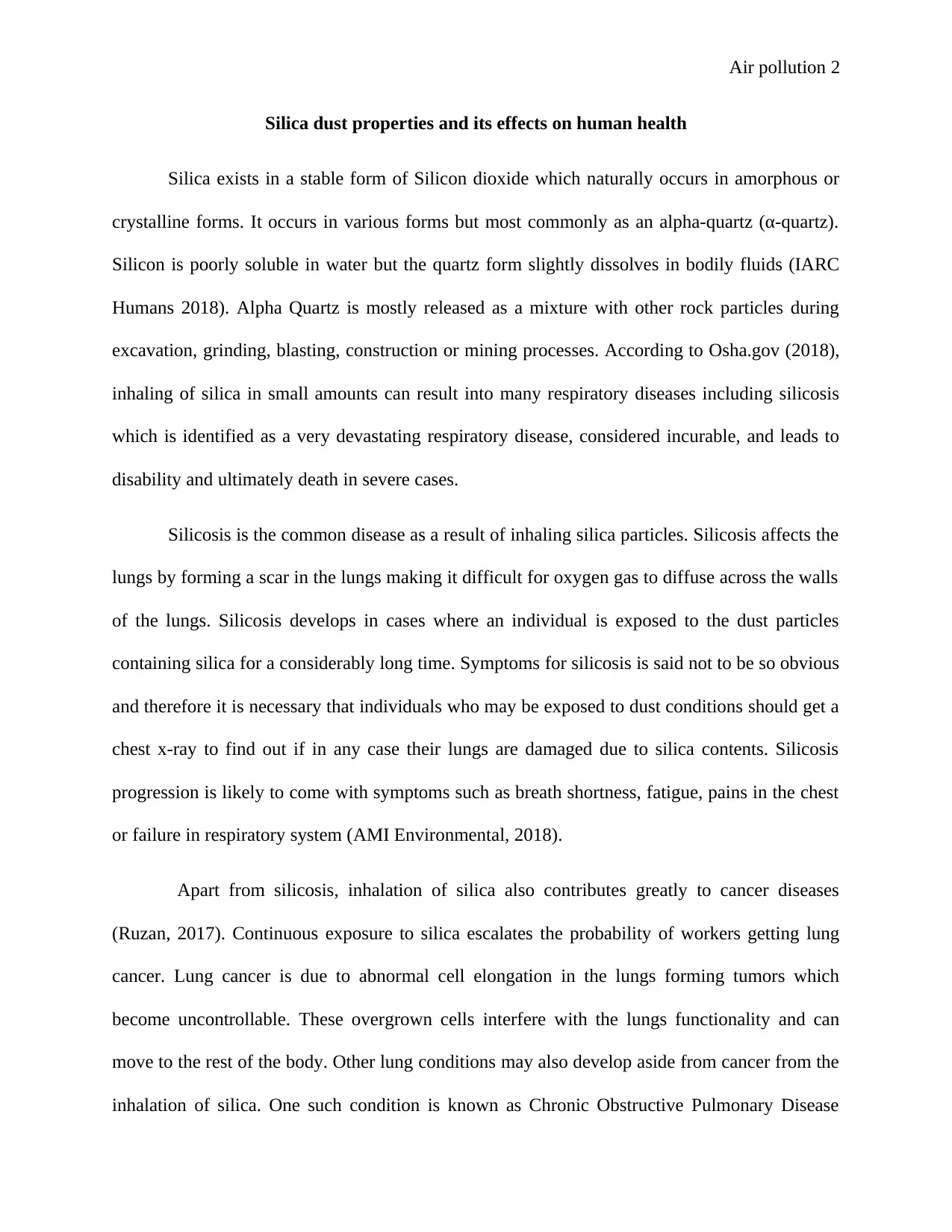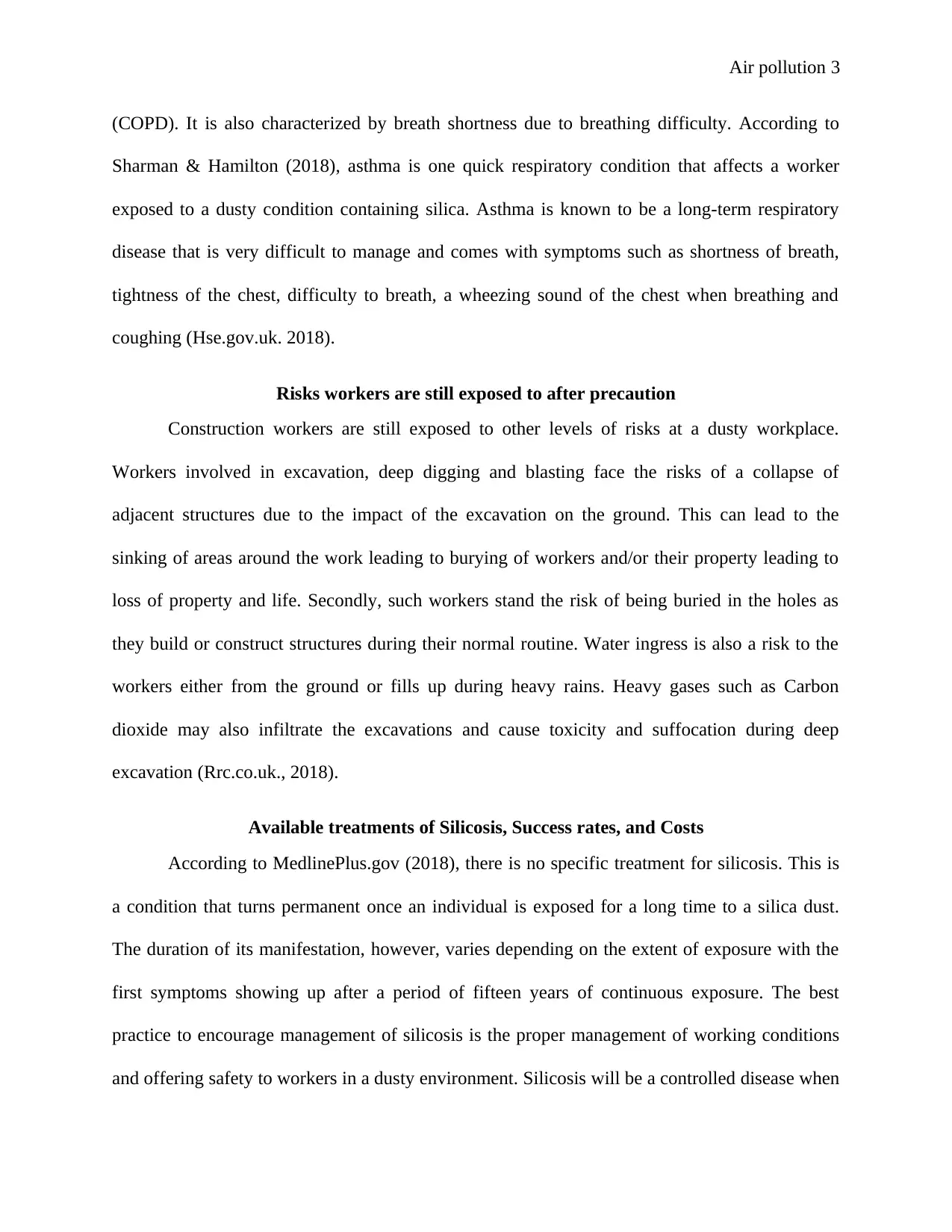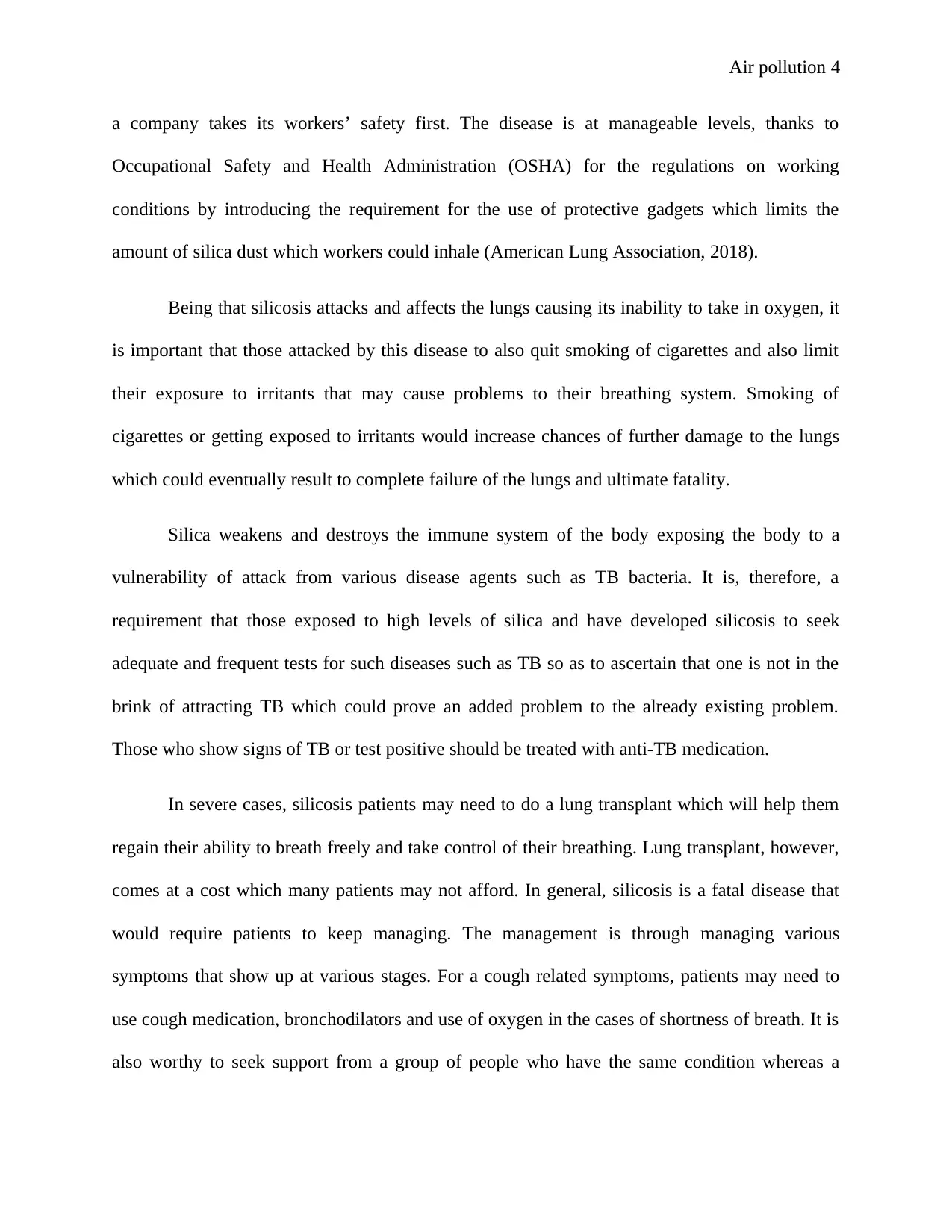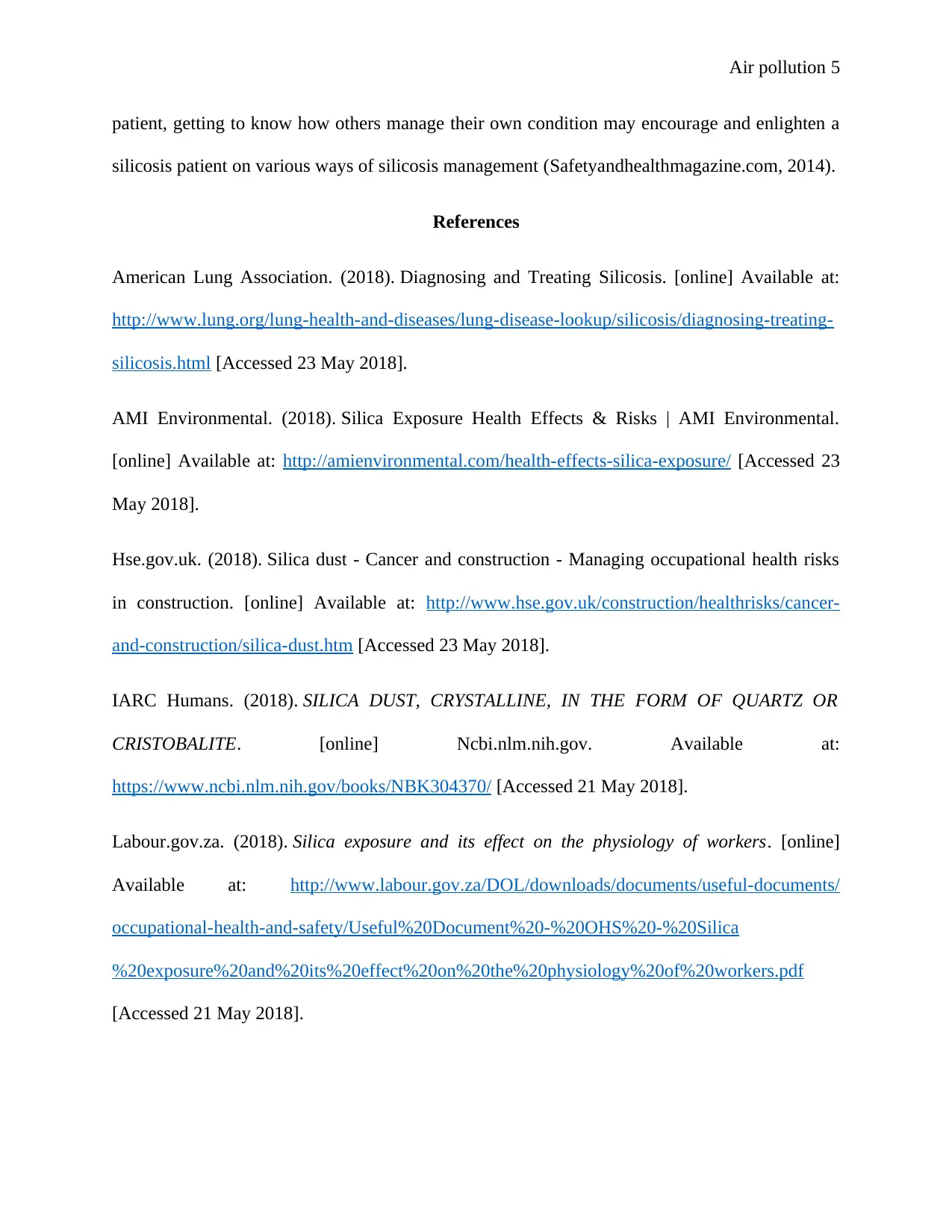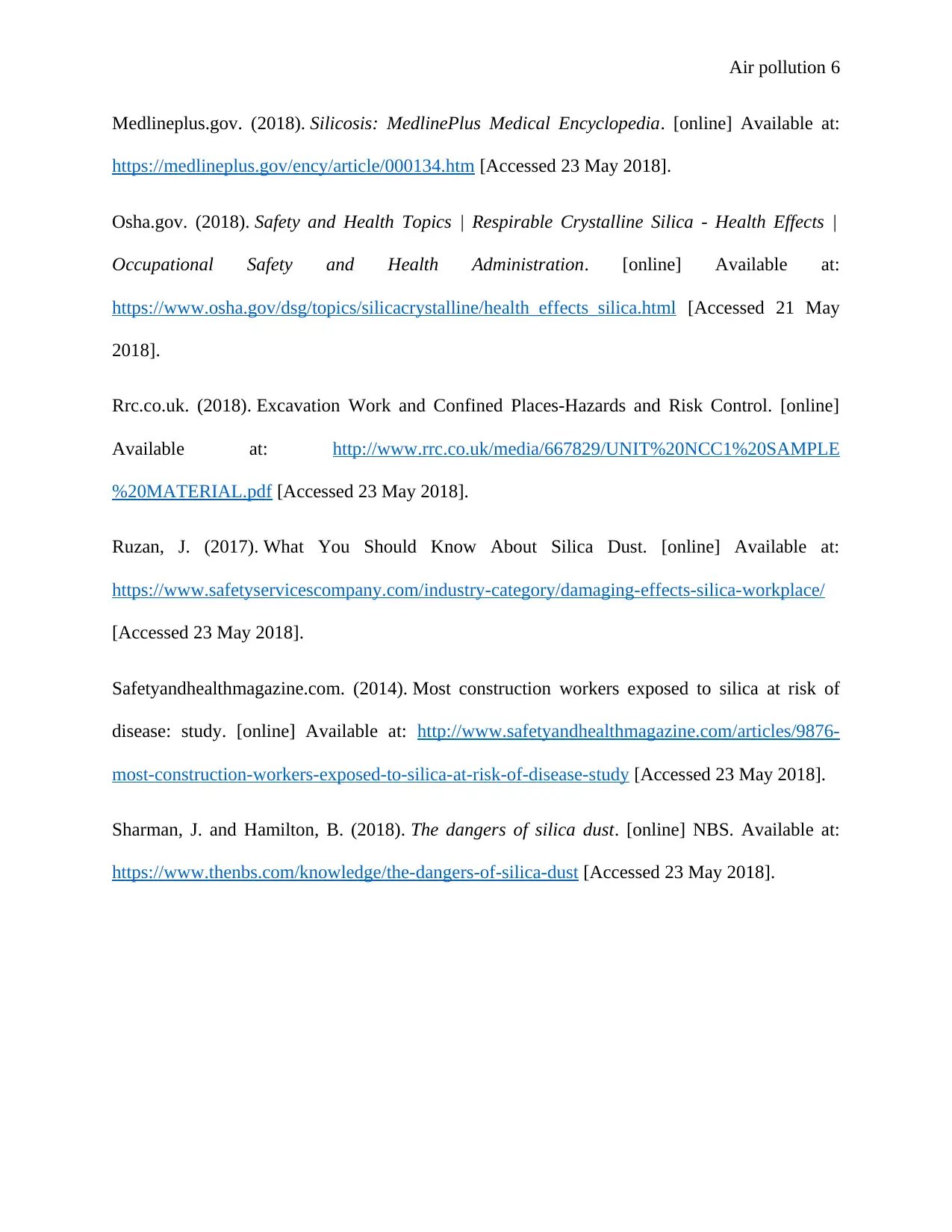Silica dust is a hazardous substance that can cause respiratory diseases and cancer. This article discusses its properties, effects on human health, available treatments, and risks workers face. Silicosis is the most common disease caused by inhaling silica particles, and it affects the lungs by forming a scar that makes it difficult for oxygen to diffuse across the walls of the lungs. Silica exposure also contributes greatly to lung cancer, Chronic Obstructive Pulmonary Disease (COPD), and asthma. Workers in dusty workplaces face other risks such as collapse of adjacent structures, sinking of areas around the work, and water ingress. There is no specific treatment for silicosis, but it can be managed by proper management of working conditions and offering safety to workers in a dusty environment. Lung transplant is an available treatment for severe cases of silicosis, but it comes at a cost that many patients may not afford.
![[object Object]](/_next/static/media/star-bottom.7253800d.svg)
![[object Object]](/_next/static/media/star-bottom.7253800d.svg)
